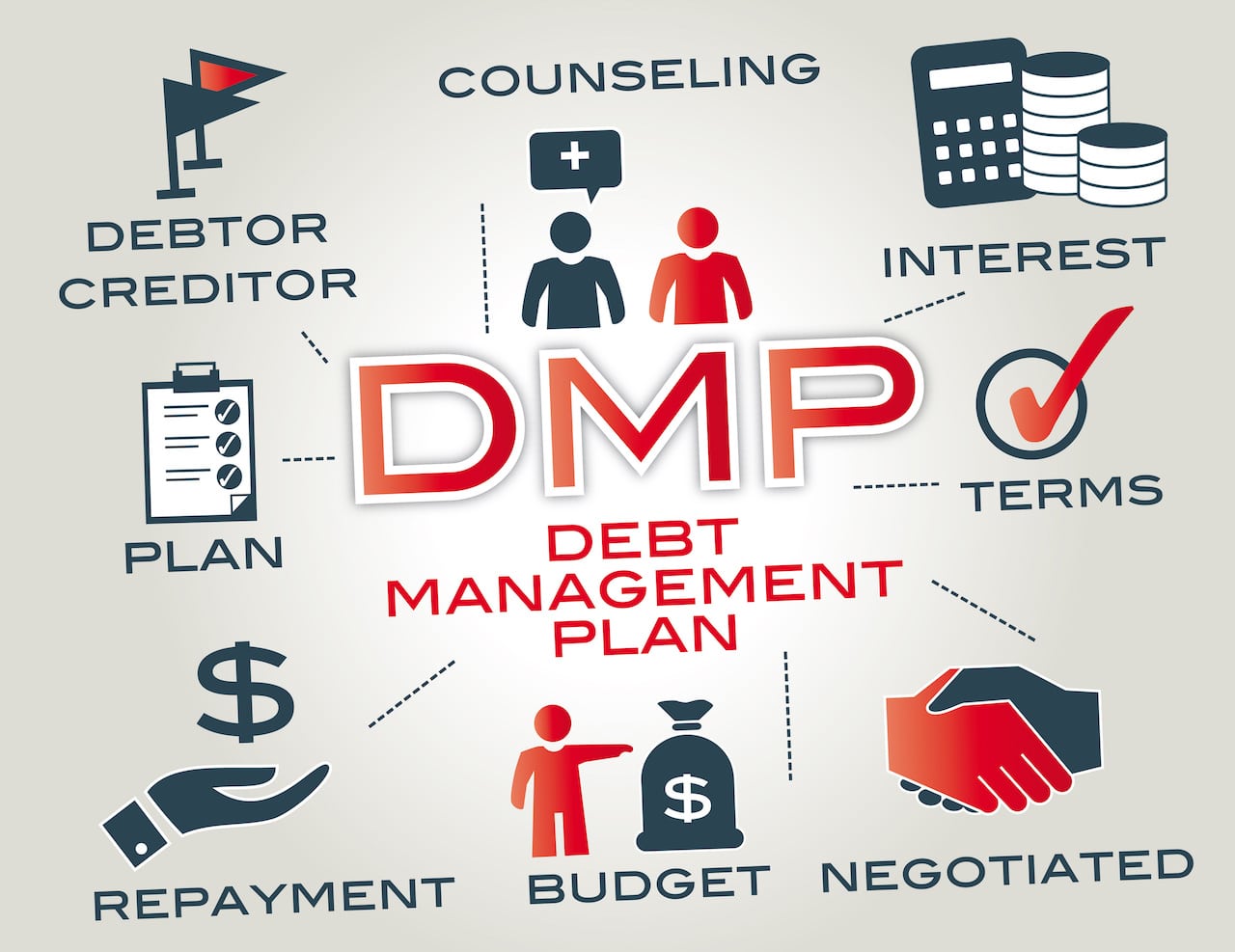Comprehending the Refine of Financial Obligation Loan Consolidation: More Discussion Posted Here
Comprehending the Refine of Financial Obligation Loan Consolidation: More Discussion Posted Here
Blog Article
Everything You Need to Understand About Creating a Tailored Financial Debt Administration Strategy
In the realm of personal financing, creating a tailored financial obligation monitoring strategy is frequently the keystone of accomplishing economic stability and comfort. By thoroughly reviewing your existing monetary obligations, establishing possible financial purposes, and crafting a practical budget, you lead the way for reliable debt repayment strategies. Nonetheless, the journey to monetary flexibility is not entirely about first preparation; it also requires recurring surveillance and changes to ensure continued progression. As you navigate the complexities of creating a personalized debt monitoring strategy, comprehending the complexities of each action is essential to your monetary success.
Evaluating Your Existing Financial Debt Scenario
One must initially perform a complete analysis of their existing financial obligation responsibilities prior to formulating an effective financial debt monitoring plan. Create an in-depth list of each debt, including the complete amount owed, interest prices, minimal regular monthly payments, and due dates.
After compiling this information, compute your complete debt-to-income proportion by dividing your regular monthly financial obligation payments by your regular monthly earnings. This ratio is a vital indication of your capability to handle existing financial obligation degrees effectively. In addition, evaluate your credit record to recognize any type of errors or discrepancies that might be impacting your credit history. Understanding these aspects of your economic situation will certainly assist you in establishing a customized financial debt administration plan customized to your details requirements and objectives.
Setting Financial Goals and Targets

When establishing economic goals, it is necessary to be particular, quantifiable, achievable, relevant, and time-bound (WISE) As an example, you could set a goal to pay off a particular amount of financial debt within a specific period, such as minimizing your bank card equilibrium by $5,000 in the following year - More Discussion Posted Here. By establishing clear targets such as this, you can track your progression and stay inspired to achieve your financial debt management purposes
Furthermore, consider prioritizing your financial obligations based upon factors such as rate of interest, impressive equilibriums, and settlement terms. By focusing on high-interest financial debts first, you can conserve cash in the long run and increase your journey toward monetary liberty. Keep in mind, everyone's economic situation is special, so tailor your targets and objectives to fit your specific needs and scenarios.
Creating a Realistic Spending Plan
Crafting a distinct budget is a basic action in reliable financial obligation administration and monetary planning. A practical spending plan serves as a roadmap for your monetary health, helping you track your revenue, costs, and debt payments. To develop a sensible budget plan, start by noting all your resources of earnings.
Regularly evaluation and adjust your budget plan as required to remain on track with your monetary goals and financial advice obligation settlement plan. By adhering to a reasonable budget, you can properly manage your financial obligation and work in the direction of a more safe economic future.
Discovering Financial Debt Settlement Strategies
After establishing a practical budget plan, the following essential action in efficient debt administration is to discover numerous financial debt payment strategies. One common method is the snowball technique, where you concentrate on repaying the smallest financial obligations first while making minimum repayments on bigger financial debts. This method can aid construct momentum as you see smaller sized financial obligations being removed, providing inspiration to tackle larger ones.
Another method is the avalanche method, which involves prioritizing debts with the highest rate of interest. By targeting high-interest financial debts initially, you can decrease the general quantity you pay in rate of interest in time. This method might be extra cost-effective in the lengthy run, despite the fact that it may take longer to see private financial debts completely settled.
Financial obligation consolidation is another option where you incorporate several financial obligations right into a single car loan with a lower rate of interest. This can streamline your repayment procedure and possibly reduce the total interest paid. However, it's important to carefully consider the costs and terms connected with debt consolidation to guarantee it's the ideal choice for your economic situation.
Tracking and Readjusting Your Plan

Changing your plan might entail reallocating funds to take on high-interest financial debts first, working out with financial institutions for reduced rates of interest or far better settlement terms, or discovering extra earnings resources to quicken financial obligation repayment. As your financial scenario advances, your debt management strategy should adapt accordingly to remain effective. By staying positive and versatile in tracking and changing your plan, you can enhance your efforts in the direction of repaying your debts efficiently and achieving your monetary objectives.
Conclusion
Finally, developing a personalized financial obligation administration plan involves analyzing existing debt, setting financial objectives, producing a reasonable budget plan, checking out repayment approaches, and tracking and readjusting the strategy as needed. By adhering to these actions, individuals can take control of their financial scenario and work towards becoming debt-free. It is important to stay disciplined and devoted to the plan in order to attain lasting economic stability.
One have to first perform a complete evaluation of their present debt commitments before creating an efficient debt administration strategy.After establishing a sensible budget, the next crucial step in efficient debt administration is to explore different financial debt settlement methods - More Discussion Posted Here.To properly manage your financial obligation, constant tracking and adjustment of your financial obligation monitoring plan are necessary components for long-term monetary security.Changing your strategy might involve reallocating funds to deal with high-interest debts initially, negotiating with lenders for reduced passion prices or much better payment terms, or discovering added revenue sources to accelerate financial debt settlement.In conclusion, developing an individualized financial debt monitoring strategy entails evaluating existing financial debt, establishing economic objectives, producing a reasonable spending plan, discovering settlement techniques, and tracking and changing the plan as needed
Report this page